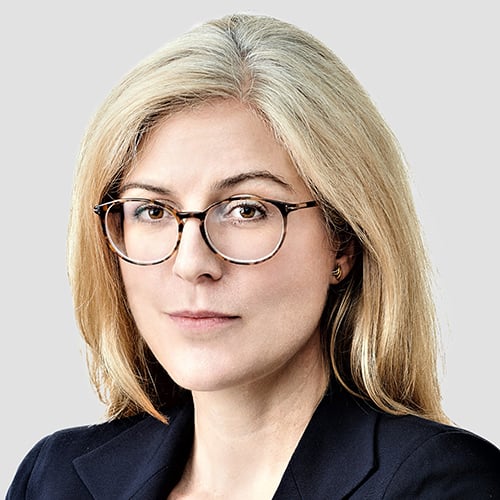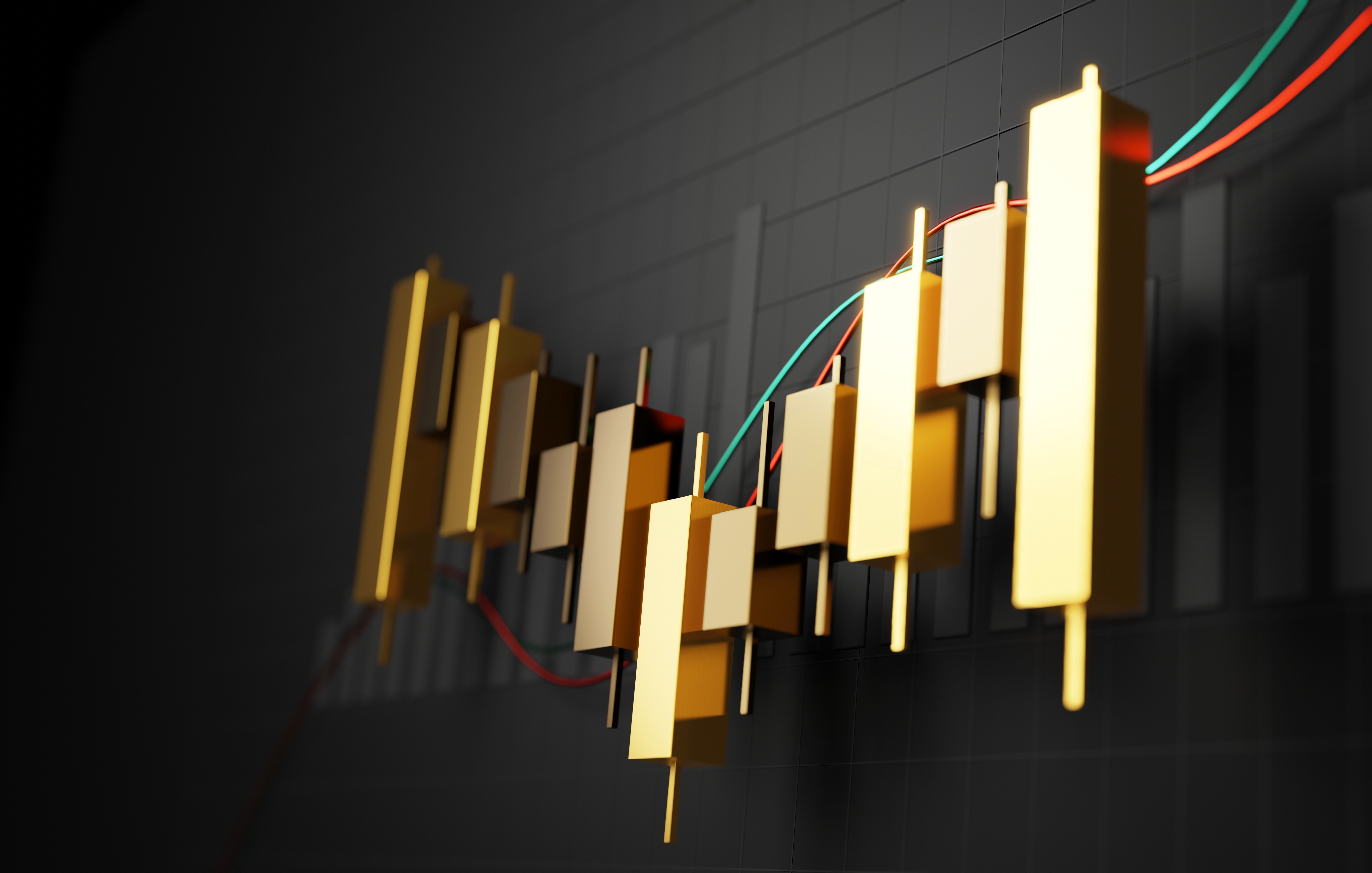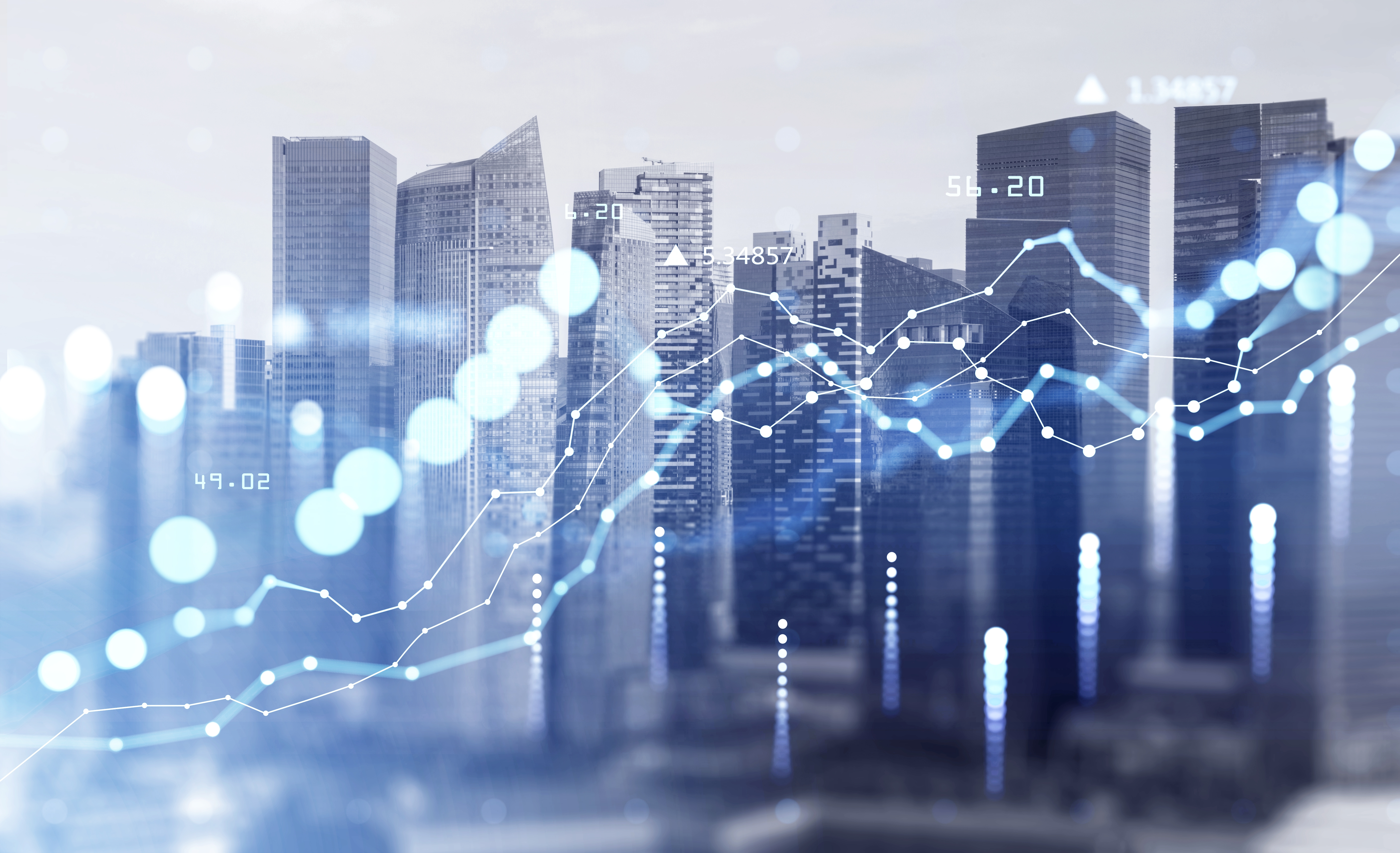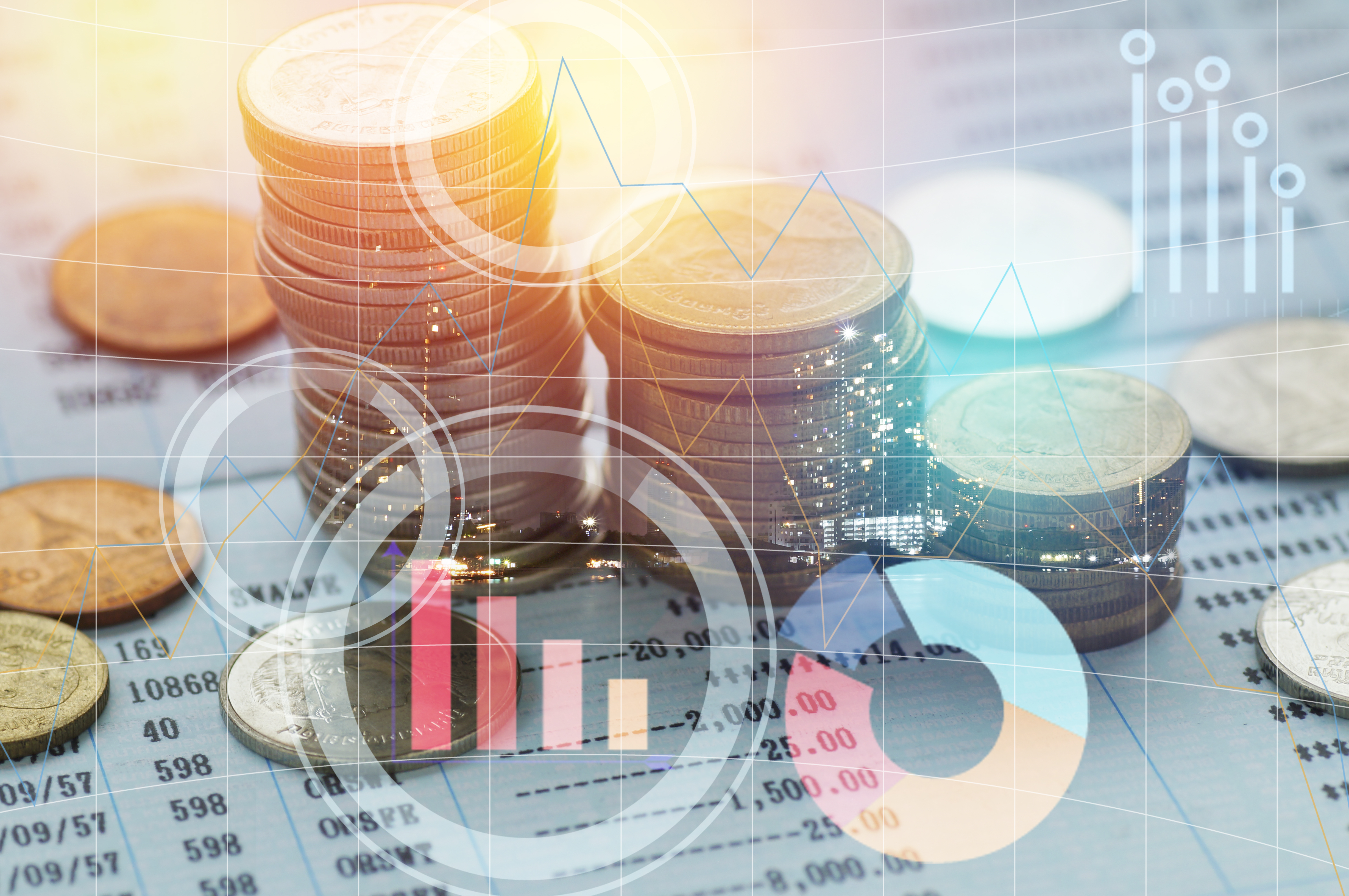The lack of a common industry standard for defining environmental, social and governance (ESG) investment products is pushing fund managers to come up with creative solutions to meet investor requirements.
For instance, J.P. Morgan Asset Management created four categories to define ESG products. These categories are: ESG portfolio integration, best-in-class products, exclusionary or norms-based criteria, as well as impact and thematic investing.
The four categories are part of JPMAM’s global product strategy that is spearheaded by the Sustainable Investment Leadership Team (SILT), a sustainability-focused team tasked with creating a sustainable investing strategy and helping clients to achieve their ESG investment goals. Established in March 2016, SILT has 40 senior members including portfolio managers, chief investment officers, distribution managers, marketing managers, product strategists, and others.
The first category known as “ESG portfolio integration” basically means making all of JPMAM’s portfolio’s including fixed income, equities, alternatives and multi-asset, ESG compliant across all metrics over the long term.
To this end, JPMAM has so far achieved 100% ESG integration of its fixed income portfolio amounting to US$369 billion assets under management as of December 31 2018. This was achieved at the end of last year, according to Natalie Ho, executive director, product strategy for Asia Pacific at J.P. Morgan Asset Management.
“We are heading toward 100% ESG integration of our whole platform. We have 276 strategies that are already ESG integrated and that amounts to US$667 billion of global AUM. This ranges across our alternatives, fixed income, and equities capabilities. We’re extremely proud that 100% of fixed income is now ESG integrated. We are also looking to make progress with our multi-asset solutions as well,” Ho says in an interview with The Asset. Ho also heads the SILT team for the Asia Pacific.
The second category known as “best-in-class” basically refers to products whose ESG compliance levels are higher than similar products of their kind.
“Best-in-class is different from ESG portfolio integration because here we are looking at strategies that really want to invest in companies that have positive ESG scores, so beyond the peer average. And, in this sphere, we have launched best-in-class products over the past couple of years,” Ho says.
JPMAM currently has two best-in-class funds. One is the European Sustainable Equity Fund, a cross border fund launched in 2016 that currently has over US$200 million in AUM. Another is the Global Sustainable Equity Fund, also a cross border product with a similar strategy that was launched only four months ago.
The third category, known as the “exclusionary” or norms-based definition, basically excludes certain industries or sectors that are deemed to be incompatible with ESG principles for investment products. Such exclusions are tobacco, controversial weapons and those that do not conform to the UN Code of Conduct.
“In this respect, JPMAM has launched three exchange traded funds (ETFs) in Europe that integrate ESG factors into the investment decision-making process. In addition to ESG integration, the new active equity ETFs will take the focus on ESG one step further by applying norms- and values-based screening,” Ho says.
“So, we are mixing together different categories of ESG investing. We continue to do work on the exclusionary front because there is no single framework on what are the standard exclusions. So, this is something that we hope to do more research on as the industry continues to evolve,” Ho says.
The fourth category, known as "impact and thematic investing", basically looks at specific themes when defining ESG products. Examples of such themes are clean water, clean energy and so on.
“If you look at Asia, and more so in Japan, or even more slowly with Hong Kong, you’re seeing a lot of managers register in proper thematic funds. So, things like clean water, clean energy are also other areas that we are exploring,” Ho says.









